Annals of Mathematics and Physics
Dynamics of Destruction of Two-dimensional Analog Models Discrete Environments with Different Organization of their Structural Compositions
B Sheludchenko* and P Zabrodsky*
Polissia National University, Staryi blvd., 7, Zhytomyr, 10008, Ukraine
P Zabrodsky, PhD, associate professor, Polissia National University, Staryi blvd., 7, Zhytomyr, 10008, Ukraine, E-mail: zabrpm@gmail.com
Cite this as
Sheludchenko B, Zabrodsky P. Dynamics of Destruction of Two-dimensional Analog Models Discrete Environments with Different Organization of their Structural Compositions. Ann Math Phys. 2024;7(3):279-283. Available from: 10.17352/amp.000133Copyright Licence
© 2024 Sheludchenko B, et al. This is an open-access article distributed under the terms of the Creative Commons Attribution License, which permits unrestricted use, distribution, and reproduction in any medium, provided the original author and source are credited.Based on the main phenomenological features of the Coulomb-Navier rheological body, several most characteristic simulated models of discrete environments with different structural compositions have been proposed. Mechanical testing of the specified simulator models allows for investigating the dynamics of deformation (restructuring of composition) of discrete (including loose) environments with varying organization (within a wide range) of their structural compositions. The main thermodynamic peculiarities of the deformation and destruction processes of discrete environment structures under different variations of external loading application schemes have been identified.
Introduction
The main characteristic of a discrete environment is the organization of its structure in the form of structural relationships. If the structural relationships and composition of the structure are given, then the structure can be described using composition (combination).
Under certain regularity, if the structure is organized according to a specific pattern, it exhibits a certain defined order. A deterministically defined order with a specific rhythm (period) of structure elements is referred to as a long-range order (an example of long-range order for a simple mechanical structure is shown in Figure 1a).
If we consider a structure with a chaotic (in the commonly accepted sense of the term - chaos) arrangement of elements (objects), then the long-range order, as such, is absent. However, as we gradually approach a certain point (Figure 1b), there is a possibility of identifying a certain area (significantly small compared to the macro-boundaries of the structure as a whole), for which the regularity (rhythm) of its structural organization can be determined.
One of the main features of structural dynamics is the nature of its compositional transformations under the influence of external factors. For a simple mechanical structure illustrated in Figure 1, such an external influence can be a pair of forces directed along one of the axes (along the diagonals of the structure in Figure 1). Under the action of these forces, deformation of the structure occurs and the relative arrangement of individual structure elements changes. It is evident that for a small group of structure elements, under minor deformations, the neighboring elements retain (practically unchanged) their relative arrangement, meaning that the short-range order of the structure remains practically undisturbed. However, if we analyze a large group of elements (as objects of the macrostructure) that are sufficiently remote from a certain central element while moving along a certain radius away from the chosen central element, we observe that after the deformation of the structure, the radius intersects different elements, and the old neighboring elements have shifted relative to the chosen direction. Moreover, the more considered element-object is located from the central element of the structure, the greater its displacement. Thus, the long-range order of the structure, even under minor external influences, changes, unlike the short-range order. In this case, the macro composition of the structure changes, although the short-range order of the structure remains practically unchanged.
We will gradually increase the magnitude of external influences on the considered structure. As a result, its deformations will increase. Eventually, at a certain level of deformation, there will be a shift of the elements adjacent to the central element. The short-range order of the structure will be disrupted. In this case, it is not just deformation, but rather the destruction of the structure. The composition of the structure is destroyed. Therefore, the necessary condition for the destruction of a particular composition of a discrete structure is the destruction of its short-range order.
Aims and methodology
The objective of the work was to investigate the characteristic features of the deformation dynamics in structures with different organizational compositions. Processes of internal reconstruction of structural compositions of discrete (fluid) environments were studied. The magnitude of macro-deformation in the simulator model with a certain organization of the structure, which determines the transformation of the composition of this structure was analyzed.
Theoretical foundations for developing structure simulator models
For graph-analytical studies of the dynamics of macro-deformation processes in discrete environments, we have proposed a phenomenological approach to analyze the rheological body of the Coulomb-Navier (Cl), the macro-shape change of which is shown in Figure 2.
The Coulomb-Navier (Cl) rheological body should be considered as one of the four simple rheological bodies, along with the Hooke (H), Saint-Venant (StV), and Newton (N) rheological bodies. In terms of rheological features, the behavior of a rheological Coulomb-Navier body (Cl) is remarkably similar to that of a Saint-Venant plastic body (StV). The resistance to change in the shape of the Coulomb-Navier rheological body (Cl) depends on the shear resistance between individual solid objects of the structure, which is determined according to Coulomb by the following linear relationship [1]:
Where σ - is the normal pressure along a certain plane of the discrete environment where the shear occurs;
f - Is the average value of the friction coefficient along the shear plane of the discrete environment;
c - Is a certain shear resistance that is independent of the normal pressure and is called "coupling".
If so, then the shear resistance of the Coulomb-Navier rheological body (Cl) depends only on the normal force along the shear plane of the discrete environment:
In the case where the shear stress τ from the external loading on the environment reaches a certain critical value:
Or, slightly exceeding this value, a continuous shift begins along the a-a plane (Figure 2) by analogy with the plastic flow of the Saint-Venant rheological body (StV) [1].
Graphs illustrating the relationships between the parameters s and σ for a discrete environment, as a non-cohesive loose body (Clϕ), and for a discrete environment as a bound loose body are shown in Figure 3a,3b, respectively. The bounding of a bonded-granular body (Clcϕ) can be represented as an equivalent internal friction value (Figure 3c). Based on Figure 3a, 3b, it can be inferred that:
The work expended on the deformation (shape change) of the Coulomb-Navier () rheological body, from the perspective of the thermodynamics of the shape change process, is completely converted into heat and is irreversible.
Methodology of experimental research
The dynamics of compositions of different structures were studied with the help of simple mechanical simulator models, the external influence of which was simulated by ordinary mechanical forces [1,2].
Two variants of two-dimensional (flat) composition models of structural organization were used for research:
− A model with the most dense “packing” of circles on the plane (Figures 4a,6a)
− A flat model that simulated the cross-section of the "hexagonal packing" of spheres in space (Figures 5a,7a).
Each of the specified variants of the model was implemented as a corresponding structure, composed of structural elements in the form of metal rings made of low-carbon steel (DSTU 2651:2005) with a diameter of 1.5 inches (3.8 cm). The structural elements (rings) were fastened together in the corresponding structural grid using calibrated M3 fasteners, the tightening of which was controlled by a dynamometric wrench to ensure their equal strength.
The density of e-packing for the specified model variants was:
- The structure model with the most dense “packing” of circles on the plane (Figures 4a,6a):
- The flat model of the structure, which simulated the cross-section of the “hexagonal packing” of spheres in space (Figures 5a,7a):
In the given formulas (5 and 6), d represents the diameter of the structural element (ring).
The study of the structural strength of each of the considered variants of the model was conducted on the MP-200 (P-20) universal testing machine until the complete destruction of the near-order structure.
Each of the specified types of models was loaded with forces P that simulated:
− Stretching (Figures 4,5) of the structure of the simulator model;
− Shift (Figures 6,7) of the structure of the simulator model.
Results and discussion
The results of the study regarding the nature of the dynamic processes during the destruction of structural organization models are presented in the form of diagrams in the coordinates Р~Δl (force ~ deformation), shown in Figures 8-11. The analysis of the deformation dynamics of the models does not require a numerical analysis of these diagrams due to their universality, regardless of the size of the structural elements (rings) and the strength of the fasteners used to connect these structural elements.
Based on the analysis of the experimental results, it was determined that in each specific case of the investigated models, the dynamics of the transformation of their composition are determined not only by the nature of the external influence but also by the morphological characteristics of the structure.
Specifically, the deformation process of the model that simulates a flat cross-section of the "hexagonal packing" exhibits significant instability and dual destruction of structural organization, regardless of the nature of the load: separation (Figure 5) or shear (Figure 7). Initially, the near-order composition of structural formations (hexagonal aggregates) is destroyed, followed by the destruction of the near-order structure of the hexagonal aggregate itself (Figures 9,11).
In contrast to the above, the deformation process of the model with the most densely "packed" circles on the plane (Figures 4,6) demonstrates a more stable mode of destruction for both loading methods (detachment or shear), as observed in the composition of the structural organization (Figures 8,10).
It is also important to mention that during the deformation of the structure model with the most densely "packed" circles on the plane, in the initial stage of deformation (transformation of exclusively the "far-order" structure), there is an observed zone of "conditionally elastic" deformation. This zone is characterized by an approximately linear section of the diagram (Figure 10).
Despite the different nature of the dynamics of composition transformation in the investigated models of structures, the processes of transferring generalized charges (changes in thermodynamic potentials inside and outside the structure) through the control surface of the structure remain identical.
At the initial stage of structural transformation, there is an active exchange of generalized charges in infinitesimally close points near (inside and outside) the control surface of the structural model. This indicates a state of dynamic equilibrium of the structure. Subsequently, a cascade breakthrough of the control surface is observed in the form of two to four intense outbursts of generalized charge into the surrounding environment. The state of the structure is unstable, far from a state of dynamic equilibrium. The process of equalizing the potentials outside and inside the structure is an inertial process characterized by a consistent change in the directions and speed of the generalized charges.
A characteristic feature of the final phase of structural transformation (destruction) is a repeated period of dynamic equilibrium of the structural compositions of the investigated models. This is determined by the active exchange of generalized charges in infinitesimally close points (from the outside and inside) of the control surface structural models.
Conclusion and prospects for further research
The main phenomenological features for the development of simulation models of deformation and destruction of compositions with structural organizations of discrete environments have been established. The two most characteristic variants of the proposed models have been physically implemented and their dynamics have been investigated under conditions simulating detachment and shear of structural compositions. The general characteristics of the transformation of the studied structures have been determined.
Further research should be focused on studying the macro-deformation processes that occur during the deformation and destruction of discrete environments. That will allow the development of theoretical foundations to improve the technological principles of handling discrete materials, loose environments, loose lumps, etc.
- Galileo G. Conversations and mathematical proofs concerning two new branches of science, related to mechanics and local motion of Signor Galileo Galilei Lyncheo, philosopher and first mathematician of the Most Reverend Grand Duke of Tuscany. With an appendix on the centers of gravity of various bodies. M.-L.: State Technical and Theoretical Publishing House. 1934;273-274.
- Goldshtein MN. Mechanical properties of soils. M: Construction Literature Publishing House. 1971;368.
- Haken G. Synergetics. M: Mir; 1980;404.
- Bannikov DO. Determination of the coefficient of lateral pressure of bulk material in a closed vessel. Metal structures. 2008;14(2):113-123.
- Dmytriv VT, Gorodnyak RV. Review of theories and models of movement of loose materials in bunkers under atmospheric pressure. Bulletin of the Lviv National Agrarian University: Agricultural engineering research. 2008;12(2):303-310.
- Kovbasa VP, Shvayko VM, Hutsol OP. Mechanics of agricultural materials and environments. Nizhin: Publisher of PP Lysenko MM; 2015;536.
- Sheludchenko BA. Ecosystem research methodology. Kamianets-Podilskyi: Publishing House of the State Technical University. 2008;110.
- Sheludchenko LS, Sheludchenko BA, Bakhmat OM, et al. Modeling and forecasting of the dynamics of natural and man-made geoecosystems. B.A. Sheludchenko, editor. Kamianets-Podilskyi: Published by "Kaligraf" LLC.2017;216.
Article Alerts
Subscribe to our articles alerts and stay tuned.
 This work is licensed under a Creative Commons Attribution 4.0 International License.
This work is licensed under a Creative Commons Attribution 4.0 International License.
 Help ?
Help ?

PTZ: We're glad you're here. Please click "create a new query" if you are a new visitor to our website and need further information from us.
If you are already a member of our network and need to keep track of any developments regarding a question you have already submitted, click "take me to my Query."


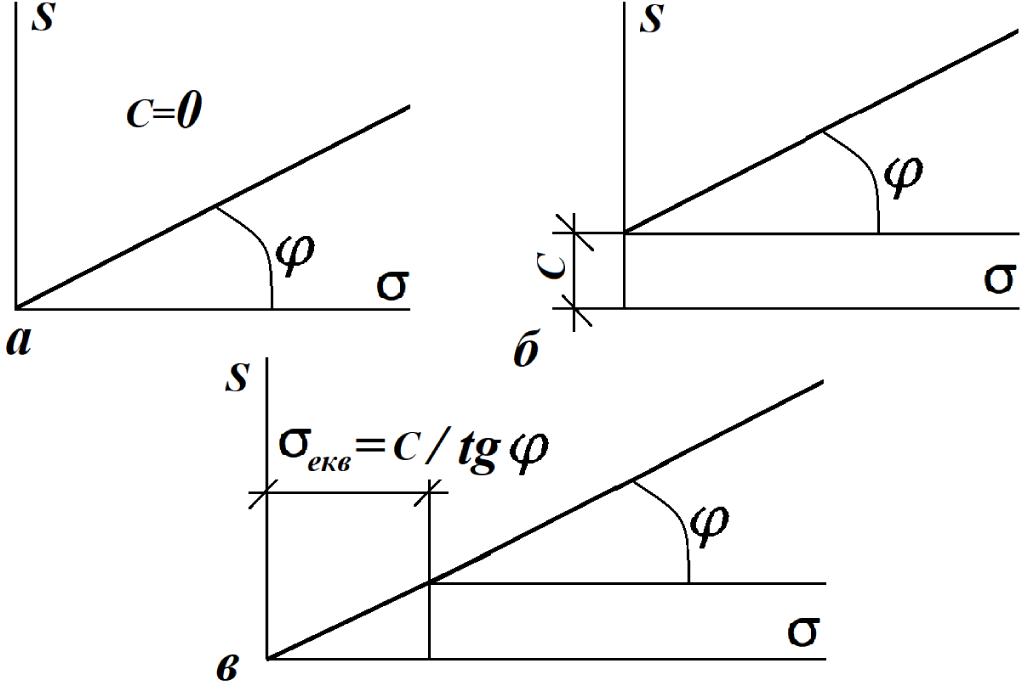
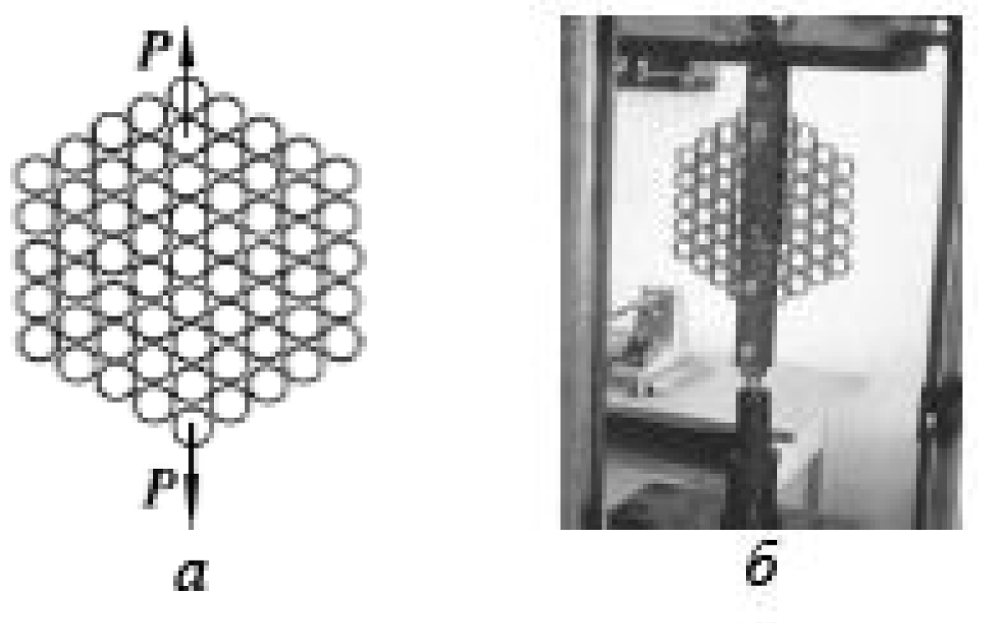
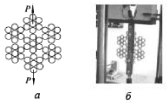
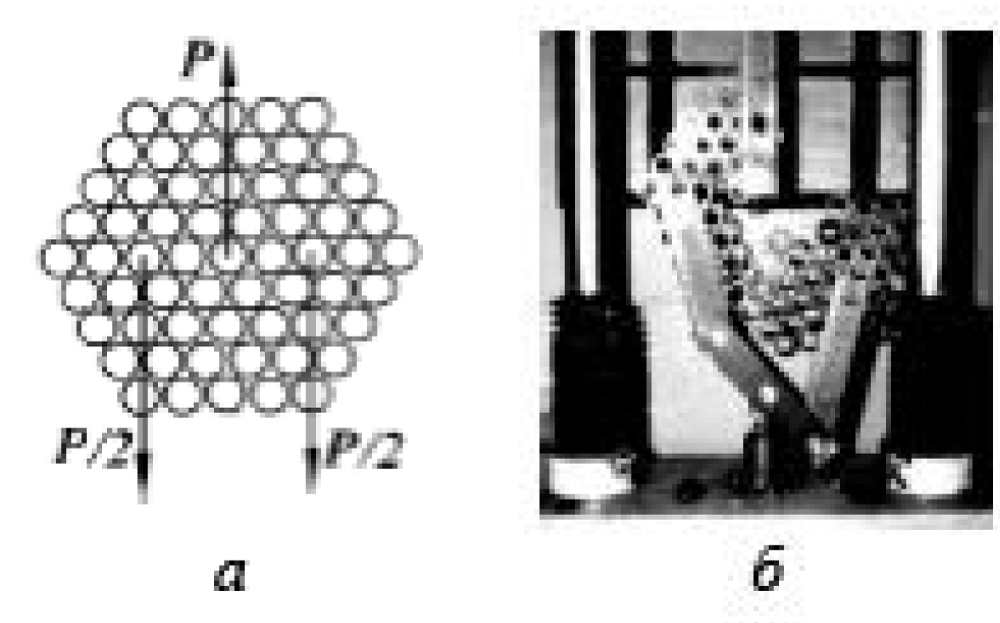
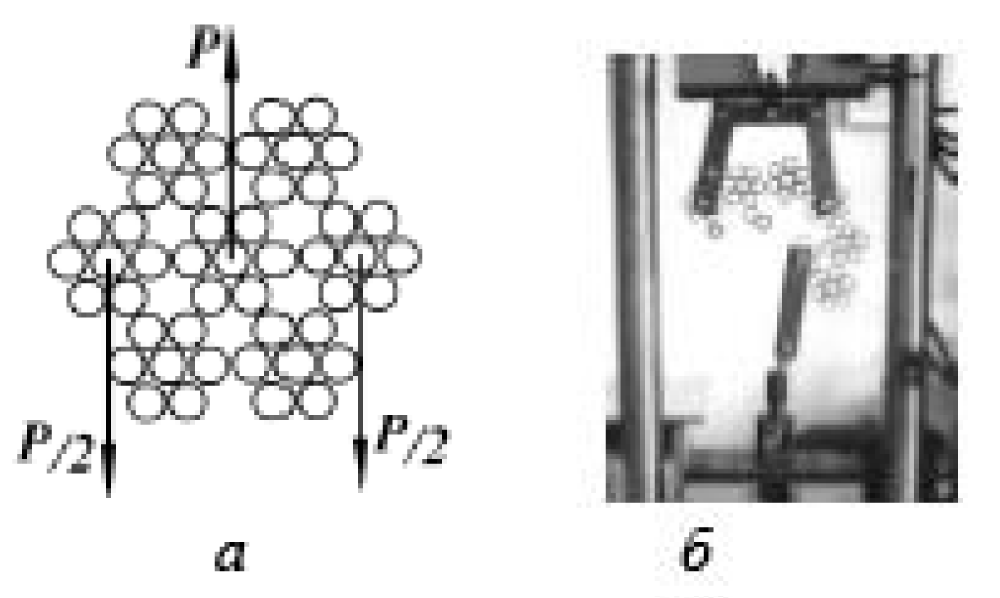
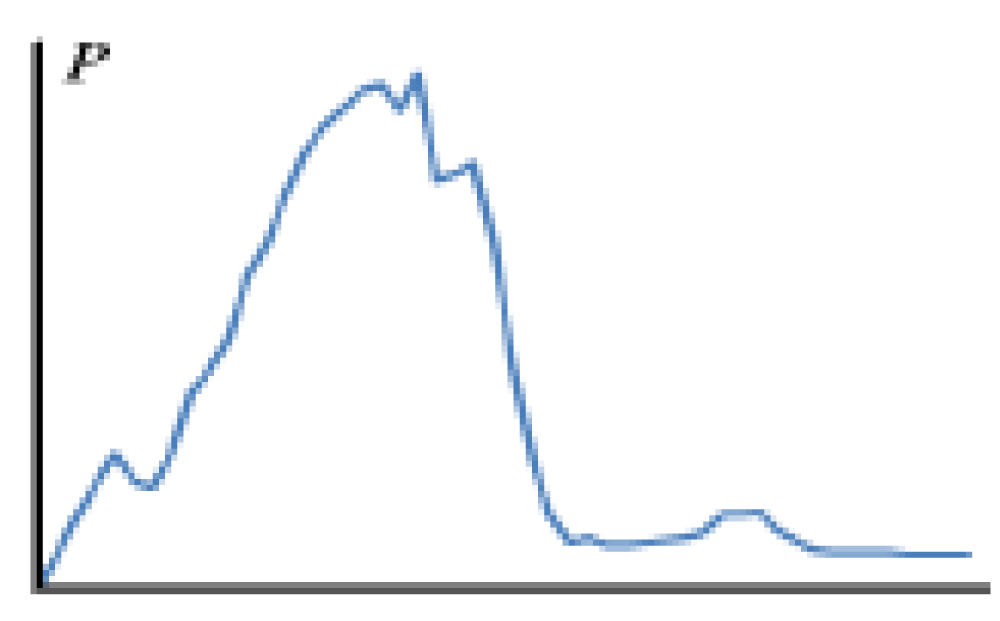
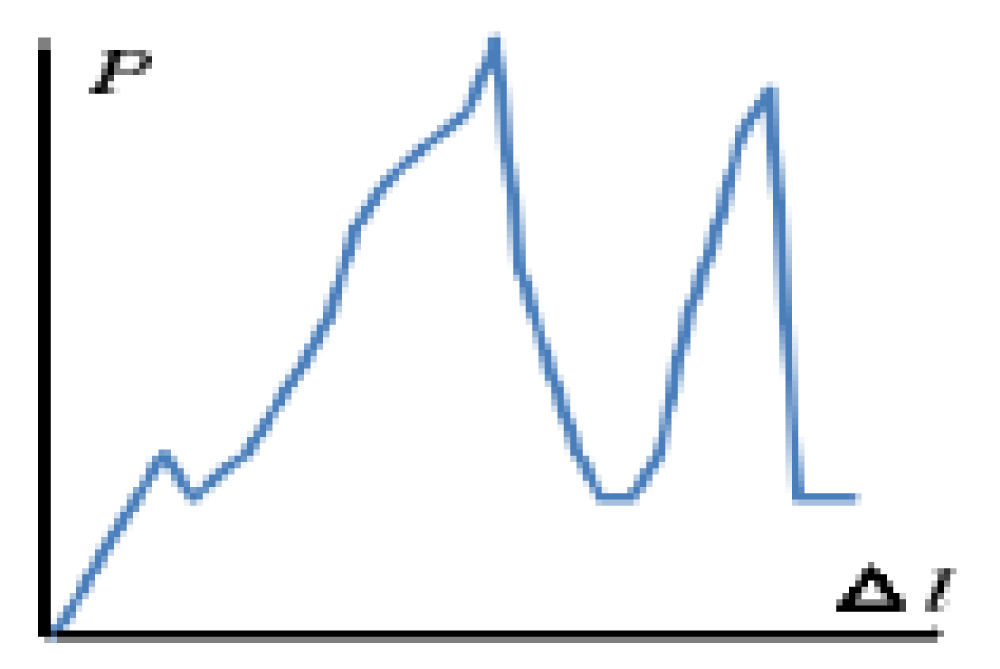
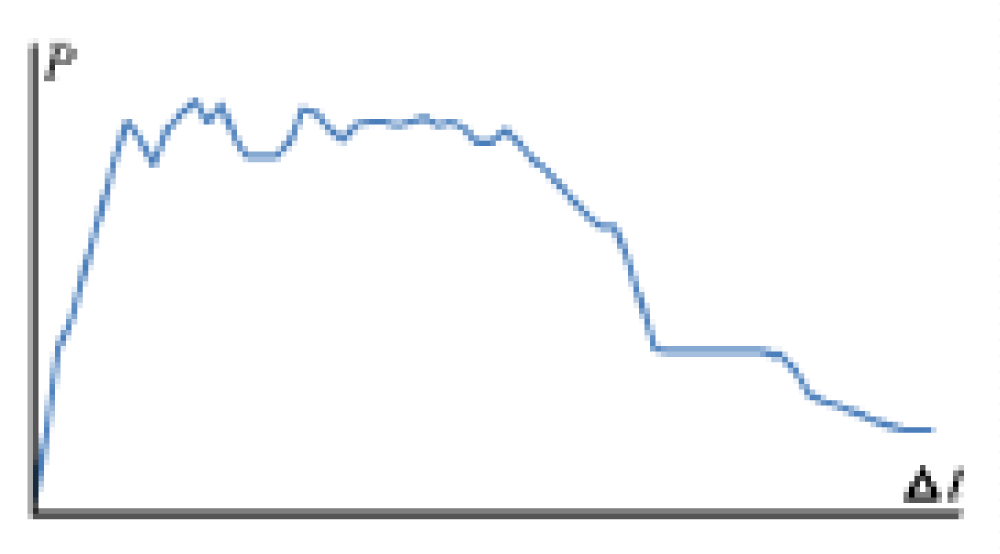
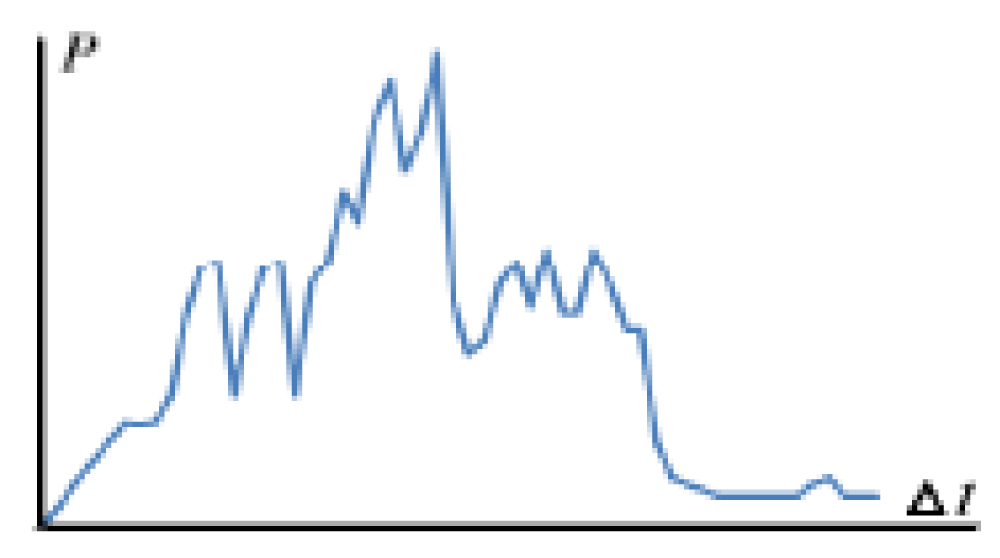


 Save to Mendeley
Save to Mendeley